UN World Wildlife Day occurs on March 3, 2020, and the theme for this year is “Sustaining all Life on Earth.” In honor of this annual event, we’ve put together a list of some incredible wildlife found all across the United States to help illustrate the importance of this day.
-
California Sea Lion
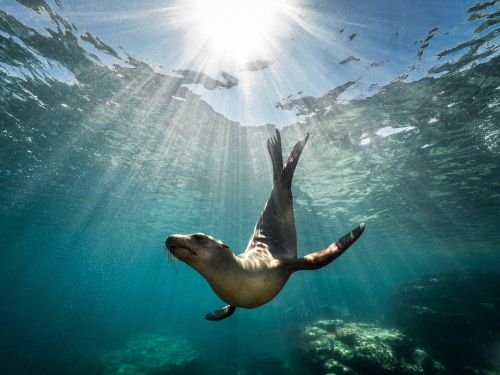
California sea lions are incredibly playful and intelligent marine mammals. Often associated with California’s beaches and coastal waters as their name suggests, they also reside along many other portions of the eastern North Pacific Ocean. San Francisco, California, and San Diego, California, are two ideal places within the state to visit if you’re looking to catch a glimpse of these marine mammals in person.
-
Atlantic Puffin
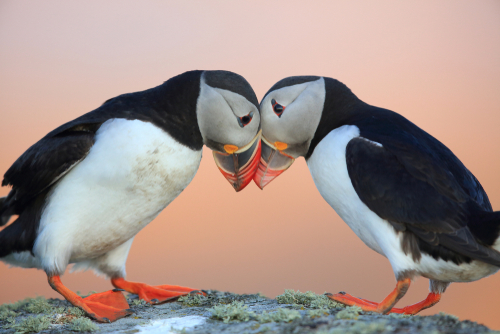
These black-and-white seabirds with wonderfully colorful bills are simply too adorable. Maine is home to the only nesting sites within the United States for the Atlantic puffin. If you want to catch sight of these majestic seabirds, one of the best ways to do so is through tour boat excursions from Bar Harbor, Maine, or Portland, Maine, to their ocean island nesting sites during the months of May through August, with June and July often noted as the most ideal months to do so.
-
Swamp Rabbit

The swamp rabbit is much larger than most other species of rabbit, but with smaller ears. Much as their name suggests, swamp rabbits are typically found in swampy lowlands, cypress swamps and other wetland habitats around the Gulf Coast and south-central region of the United States. Due to their geographic preferences, they’re also shockingly good swimmers. Both Gulf Shores, Alabama, and Mobile, Alabama, provide good proximity to both the Gulf Coast and many wetlands where this “wascally wabbit” is more likely to be seen.
-
Hawaiian Monk Seal
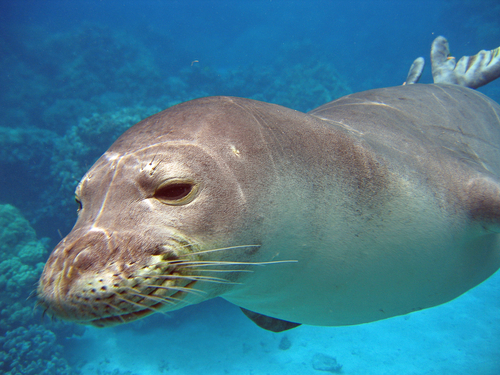
The Hawaiian monk seal is an earless seal that is native to Hawaii as their name suggests. Sadly, these incredibly beautiful mammals are one of the most endangered species in the world, and one of only two species of monk seals left in existence. They tend to inhabit small islands and atolls in the Northwestern Hawaiian Islands less populated by people. There’s a chance you may be able to see one from afar in locations like Kauai, Hawaii, but be very mindful of their critically endangered status and make sure to keep a distance if you do.
-
Black-Chinned Hummingbird

These very small, migratory hummingbirds can be found as far south as Mexico during the winter, but tend to inhabit a wide variety of locations throughout North America during the year. Black-chinned hummingbirds have an incredibly notable presence in southern Arizona during both the spring and summer, and can ideally be viewed in and around locations such as Tucson, Arizona, and Phoenix, Arizona.
-
Snowshoe Hare
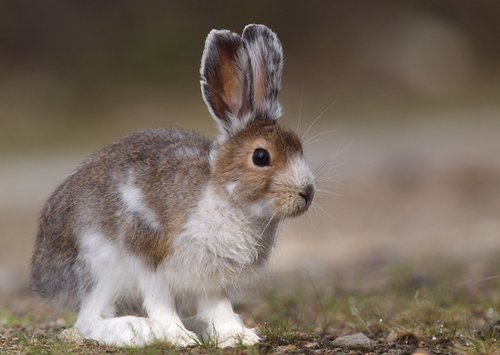
Along with being simply way too cute, the snowshoe hare has one of the most amazing forms of camouflage: its fur turns white in the winter and a rusty brown in the summer. These rabbits can be found in quite a variety of forest locations throughout North America, so you’ll probably increase your odds of getting to see them in national parks around places such as Bozeman, Montana, and Jackson, Wyoming.
-
Pacific White-Sided Dolphin
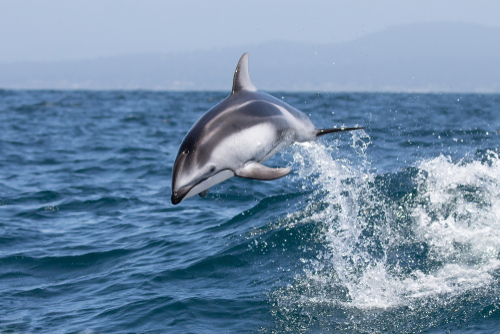
Pacific white-sided dolphins are typically found in cool to temperate waters in the North Pacific. These dolphins are known for their incredibly close communities, typically ranging from ten to 100, where members take care of any who become sick or injured. Your best chance at viewing them would be through boat tours offered in and around locations such as Anchorage, Alaska, and Seward, Alaska.
-
Black-Capped Chickadee
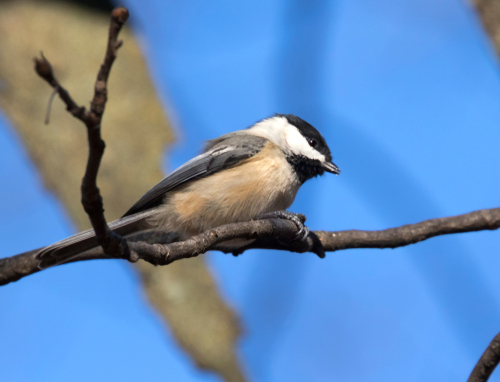
Black-capped chickadees are tiny birds with short necks and large heads, giving them an aesthetic that is just way too cute to handle. These small birds are nonmigratory and can be found in deciduous and mixed forests throughout North America. A few of many ideal locations where you might be able to catch sight of them in person would be in forests around Iowa City, Iowa, and Des Moines, Iowa.
-
Gray Fox
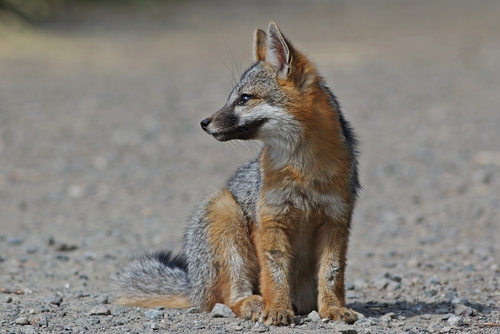
Gray foxes have an uncanny ability: they are incredibly adept at climbing trees. They can scale tree trunks up to almost 60 feet and jump from branch to branch, allowing them to easily escape many predators. While they were the most common type of fox in the eastern United States, the red fox has surpassed their populations in the region. They can still often be found in rocky, wooded areas outside of places such as Delaware City, Delaware, and Wilmington, Delaware.
-
West Indian Manatee

These aquatic marine mammals measure about feet in length and over 800-1,200 pounds in size. Luckily, these humongous creatures, often dubbed “sea cows,” are plant eaters and incredibly peaceful. West Indian manatees are a federally endangered species that tend to inhabit shallow, coastal areas, so locations such as Fort Myers, Florida, and Crystal River, Florida, provide some of the best opportunities to view the majestic creatures. If you do see them in person, though, be aware of their endangered status and ensure you keep a distance.
-
Barred Owl

Often referred to as “hoot owls,” the barred owl is native to eastern North America. While mature forests are their preferred habitat, they have adapted over time to include a variety of other environments. They are most prominent in wooded habitats in the southeastern United States, so areas around New Orleans, Louisiana
-
Chincoteague Pony
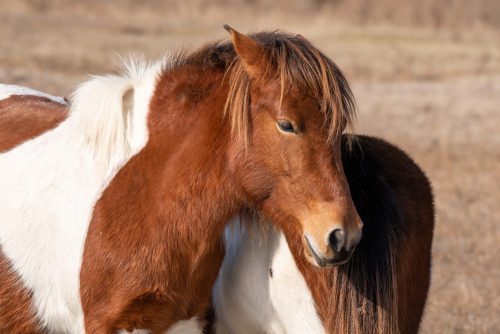
The Chincoteague pony is often referred to as the “Assateague horse” because they developed and live on Assateague Island off the coasts of Maryland and Virginia. These majestic, wild horses can really only be viewed in person on their native island, so ideal locations within easy travel distance would be Baltimore, Maryland, and Norfolk, Virginia.
-
Bottlenose Dolphin

Bottlenose dolphins are the most common family of oceanic dolphins, and probably the most likely to come to mind when people think of dolphins. They tend to have dark gray backs and slightly lighter gray flanks, can reach lengths of over 13 feet, and weigh 660 pounds on average. With a preference towards tropical to temperate oceans, an area such as the Jersey Shore in New Jersey is ideal for having an opportunity to catch sight of these wonderful marine mammals.
-
Calliope Hummingbird
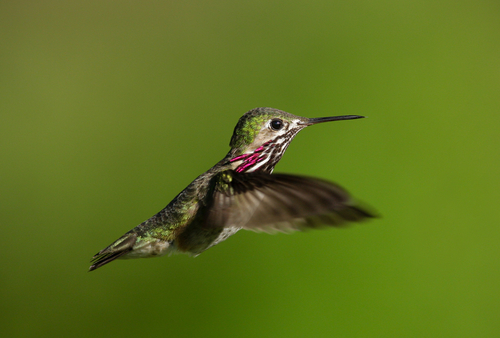
The calliope hummingbird is the smallest species of hummingbird in all of North America. These tiny, migratory birds travel around 5,000 miles each year and tend to spend late summers in the mountains of western North America to feed on the multitude of wildflowers available within the region. With their migratory habitats and preferred nesting grounds, places in and around Portland, Oregon, and Eugene, Oregon, are among a number of ideal locations to catch sight of them.
-
Prairie Dog

These burrowing, herbivores are actually a type of ground squirrel, and native to the grasslands of North America. Prairie dogs tends to be found in a variety of grassland locations west of the Mississippi River, and can easily be seen around locations such as Frisco, Colorado, and Denver, Colorado if they’re not hiding incredibly well underground.